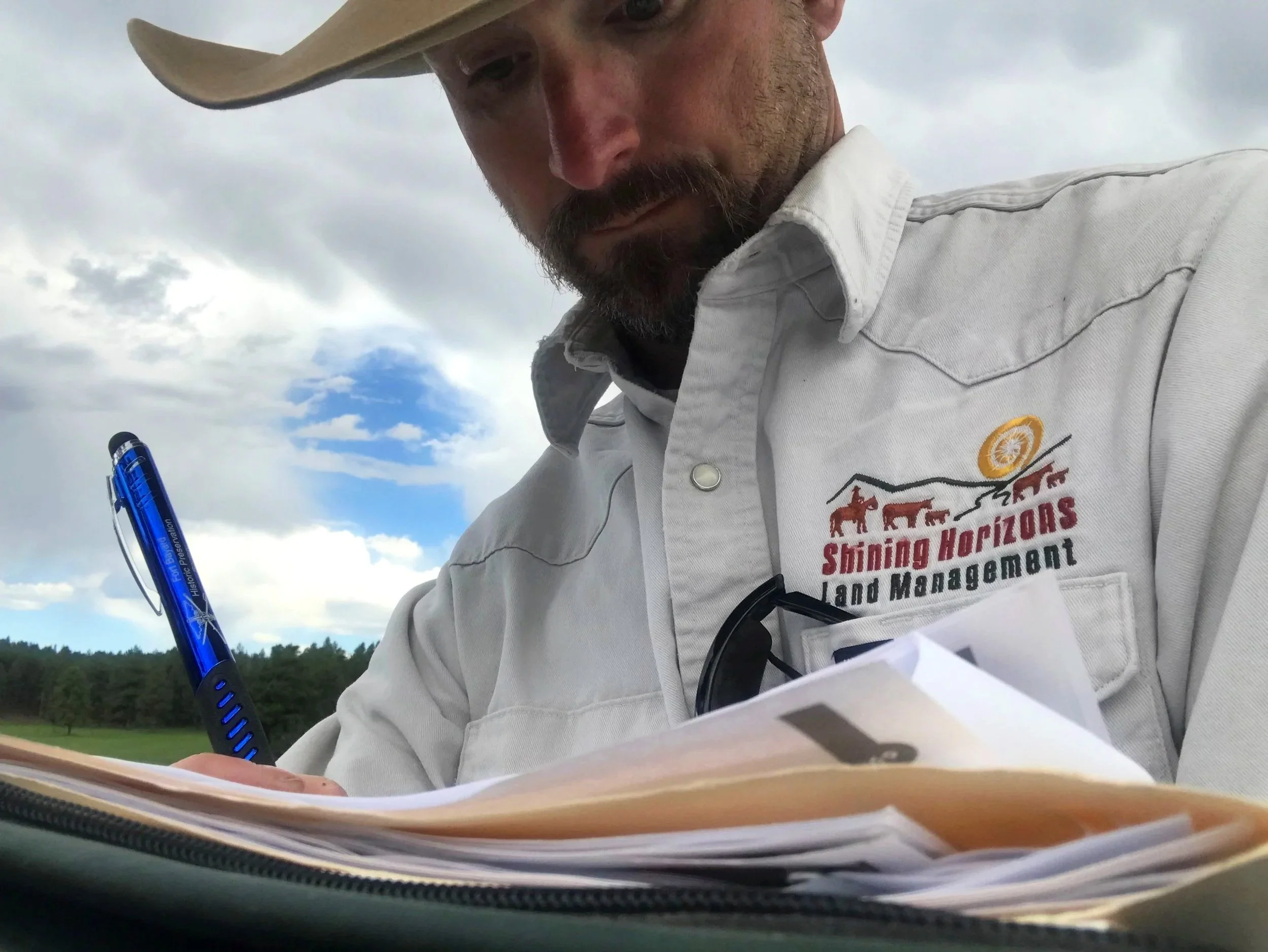Conservation and health of public lands shouldn't be controversial
2025/11/10 | Colorado: Montezuma Co.
Conservation and health of public lands shouldn't be controversial
The 2024 Public Lands Rule supports the BLM’s mission, clarifies the centrality of conservation, and is compatible with multiple use and sustained yield.
By Matt Barnes
Our public lands, the health of those lands, and our access to them are the foundation of our western way of life.
Black bear tracks along the river bank on multiple-use land managed by the Bureau of Land Management in Utah—during my source-to-mouth expedition down the Green River, through a matrix of private and public land including national forest, BLM land, national recreation area, national wildlife refuge, national monument, and national park land.
The Bureau of Land Management’s 2024 Public Lands Rule on Conservation and Landscape Health, now proposed for rescission, is a small, important, and oddly controversial step in implementing the agency’s mission under the Federal Land Policy and Management Act of 1976 (FLPMA), which as the BLM’s organic act effectively mandated conservation in terms of multiple use and sustained yield nearly half a century ago. FLPMA required public lands to meet the “present and future needs of the American people,” and mandated management to prevent “permanent impairment of the productivity of the land and the quality of the environment.” That set off the original sagebrush rebellion.
Briefly, the proposed rule emphasizes resilience, including wildlife habitat and water quality, in keeping with the sustained-yield aspect of the BLM’s mandate, clarifies that conservation is on par with extractive uses, and creates a mechanism for conservation leases. The rule extends land health standards, which currently only apply to livestock grazing, to all uses.
In my experience as a rangeland professional and former ranch manager, conservation can and should be compatible with well-managed livestock grazing, and well-managed recreation, the most widespread uses of our public lands.
Over 90% of public comments in 2023 supported the rule, according to an analysis by the Center for Western Priorities. So why would some of the ranching sector and its political representatives oppose the rule? Perhaps the answer is in differing concepts of conservation.
The word conservation has been variously applied to a movement, an action or practice, a land use, and a goal or state—such as Aldo Leopold’s harmony between humans and land, as expounded in “The Land Ethic” (1949). It is this latter, broadest, and least legally-definable meaning of conservation that encompasses our nation’s vision for our public lands.
Conservation as an action or practice is compatible with most land uses, especially the harvest of renewable resources through livestock grazing and timber harvest. Well-managed use can be considered a form of conservation. For example, throughout the West, well-managed ranches and grazing allotments receive annual awards from the Society for Range Management for “Excellence in Rangeland Conservation” or similar titles.
Conservation as an American movement grew out of the ending of the frontier era by 1890, but it would take half a century before the open range and market hunting ended, and a century before the homestead act and other acts promoting the disposal of the public domain were finally ended by FLPMA in 1976. By then, rangeland and wildlife management were established as applied sciences; and in politics, conservation had already morphed into environmentalism, reflecting the broad shift in perception from land as commodity to land as community. FLPMA reflected that evolution, even if the law lagged behind it by a decade or two.
Conservation was not listed as one of the multiple uses under FLPMA, primarily because FLPMA is part of the wider movement known as conservation, rather than the other way around. Nevertheless, FLPMA clearly includes non-extractive activities such as recreation, wildlife habitat, and “watershed” as uses; this last presumably meaning watershed protection (as was already clear in the Multiple-Use Sustained-Yield Act of 1960), e.g., managing the land to maximize water holding capacity (“as a sponge”)—which is also the essence of rangeland conservation.
It was the overarching goal of conservation, as enshrined in FLPMA in 1976, that set off the original sagebrush rebellion. That anti-conservation movement has had numerous variations over nearly half a century, involving demands for transfer of public lands to states or private interests (in direct conflict with FLPMA), armed conflict on federal lands in Nevada and Oregon, and in its latest manifestation as the knee-jerk anti-conservation reaction to the Public Lands Rule by the “lords of yesterday”—the extractive industries that have for so long dominated our public lands—and their disproportionate voice in American politics, particularly at state and county levels in the West.
Well-managed use is a form of conservation, but is not enough to protect the land where it needs protection, or to restore the land where it needs restoration. That requires action, in some cases restoration projects, in some case protection for rare native wildlife, and in some cases the designation of areas of critical environmental concern, or national conservation areas (such as the Dolores River watershed in Colorado), or wild and scenic rivers, or permanent protection for wilderness study areas. In some, but not all cases, the curtailment of other uses is appropriate to achieve the optimum combination of uses—as established long ago in FLPMA. Such areas are now known as the National Conservation Lands System, which was officially created in 2000 and permanently codified in the Omnibus Public Lands Act of 2009.
The Public Lands Rule is an important step towards fulfilling the BLM’s mandate as codified in FLPMA. It shouldn’t be controversial.
Matt conducting a rangeland health assessment.


